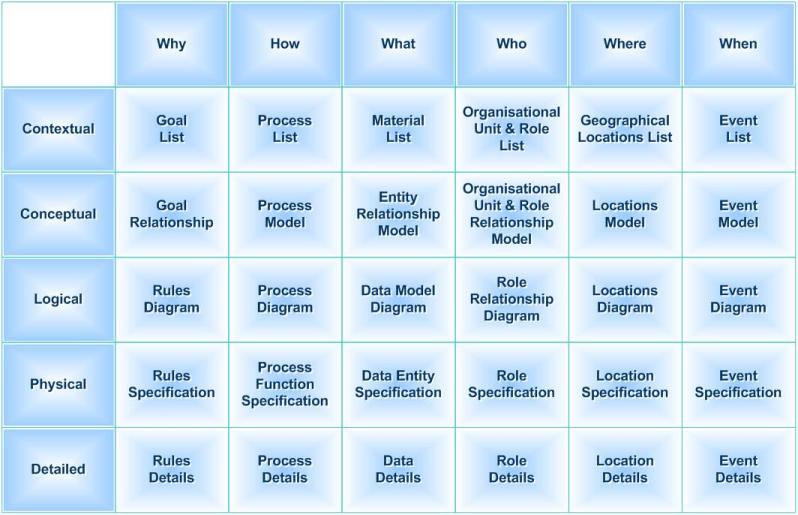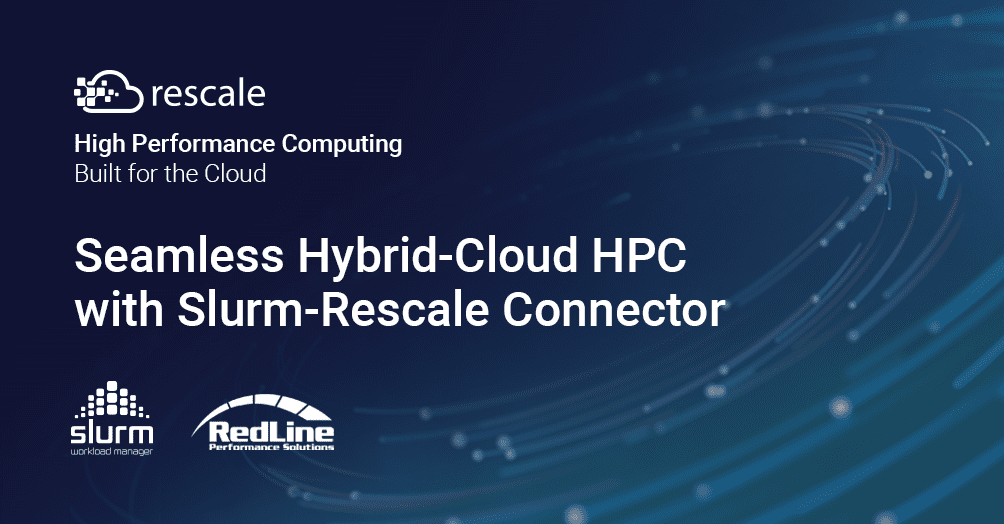How Model-Based Systems Engineering Can Help Drive R&D Innovation
Model-based systems engineering (MBSE) embraces digital transformation to streamline the systems development life cycle and accelerate innovation efforts
The rising demand for innovative products—ones that are smarter, more connected, and solve real-world challenges—has made designing and building products more complex than ever. At the same time, engineering teams are under constant pressure to complete projects quickly and to a high standard.
Model-based systems engineering (MBSE) is a prime example of how engineering teams can embrace digital transformation to accelerate engineering innovations.
MBSE provides engineering teams with the tools, technologies, and strategies they need to simultaneously consider mechanical, software, electrical, and electronic disciplines. At the same time, it helps them meet project requirements, delivering higher quality products in a shorter time frame.
With the help of MBSE, engineers can apply a methodological, unified approach to the development life cycle. MBSE is most commonly utilized in the aerospace and defense industries, although it can be applied in a range of industries, from healthcare and manufacturing to consumer electronics.
So, what exactly is MBSE and why is it essential for modern businesses to adopt mbse? This article will answer those questions while exploring some standard best practices for successful MBSE implementation.
What Is Model-Based System Engineering?
Model-based systems engineering (MBSE) is a formalized systems engineering methodology used to create and exploit digital system domain models as the main means of information, feedback, and requirements exchange.
Specifically, MBSE applies digital modeling principles and best practices to various system design, analysis, verification, and validation activities for the purposes of streamlining and maintaining the development of complex systems. This process is applied in the earliest conceptual design phases and beyond, centering the entire system development life cycle on digital modeling.
Models play a critical role in system development, particularly for complex, large-scale systems like medical equipment, government security, and aircraft. Essentially, they are models that are used to represent the structure, behavior, and all manner of operational characteristics in the design and analysis stages.
In the later system development stages, they are used for validation and simulation, focusing on aligning with stakeholder requirements.
The Three Components of MBSE
We can understand how MBSE works by exploring its core components: the system architecture model, engineering simulation software, and a centralized data system.
Systems Architecture Model
The systems architecture model (SAM) is a conceptual model that defines the structure, behavior, and perspectives of the proposed system’s functional and physical attributes. The system’s architectural design is abstractly represented by connected block or flow diagrams. It is also where essential requirements (like specific physical qualities or performative functions) are detailed.
SAMs can be built via software programs that utilize architecture description languages (ADLs). ADLs (like SysMLs) are formal systems modeling languages that describe system architectures, defining rules and best practices through text and graphics.
Utilizing SAM plays a vital role in the verification and validation stages. It ultimately reduces errors and costs. It’s worth noting that of all the reasons to integrate MBSE, businesses cite reduced cost as the most important reason for adoption, along with reduced time and better data accessibility.
Engineering Simulation Software
The visual, one-dimensional representation provided by your SAM can only tell you so much. For example, it can’t illustrate the real-world impact that your product would have in a specific environment or when performing specific functions. To achieve this, you need engineering simulation software.
Engineering simulation software allows you to create a model of your design, place it into a computer-generated environment, and run simulations that predict the behavior of your product in the real world. This technology is revolutionizing how engineers test and analyze the performance of designs. With these insights, they can spot potential hazards, optimize functionalities, and much more.
For complex systems, it’s wise to use different types of simulation tools. For example, a complex system may need to simulate everything from chemical reactions and weather to cybersecurity and safety. For this reason, using a variety of simulation software is a common best practice, as is finding a vendor that offers industry-specific simulations.
Centralized Computing Center
One of the core goals of MBSE is to consolidate data into a centralized, easily-accessible location. Therefore, centralizing computing architecture is absolutely critical for successful MBSE deployment. While some businesses choose to centralize their computing center via physical, on-premises servers, most modern businesses are turning to the cloud for maximum flexibility and scalability.
The cloud now makes it possible to easily centralize and manage access and analysis of data across large organizations and diverse teams. For example, companies such as Databricks now offer comprehensive cloud-based platforms to centralize and integrate diverse data sets.
The Advantages of MBSE
Businesses and governments alike are adopting digital-modeling environments—and, as a consequence, embracing MBSE—at an accelerating rate.
To understand why MBSE has become a priority initiative for many companies, it helps to understand why document-centric systems engineering puts businesses at a disadvantage.
Solving the Problem of Document-Based System Engineering
In document-based system engineering, different authors create papers and documents that convey the system design. This can be anything from diagrams and mock-ups to system behavior and security specifications.
Each of these documents is entirely self-contained, resulting in a highly-siloed environment. For example, say your engineer wants to make a change to the aerodynamics of a supersonic jet. They can’t just make the change in the original document. They’d need to sort through your entire document stack to identify every document that contains the dimension they want to change.
From there, they’d have to manually make the change in each and every document, even if the change is something as tiny as a single formula. Other issues with document-based approaches include an increased risk of human error, impaired verifiability, interpretative conflicts, and the high chance that defects won’t be discovered until the end of the development life cycle.
The result? Inefficient workflows and the compromised success of your system development implementations and initiatives.
Creating a Centralized Environment
The primary advantage of MBSE in a digital-modeling environment is that it eliminates (or at least significantly reduces) reliance on document-centric systems engineering in an increasingly complex environment.
Instead of a siloed environment of static documents, MBSE essentially creates an integrated, centralized environment of intelligent digital models. These digital models consolidate all of your essential system information—from its core architecture to its critical requirements—into one central location that is often described as a “single source of truth.” Modern, data lake technology for storing, integrating and analyzing diverse sets of data is making this task much easier, though the data challenge for modern businesses is unending.
MBSE not only ensures that everyone involved with the project—from your design engineers to your data engineers and scientists—has immediate access to the data they need. It also provides an unambiguous single source of truth that ultimately serves as both an architectural blueprint and an authoritative standard for stakeholder requirements.
With everyone on the same page, it’s much easier (and quicker) to create a unified product.
Reducing Risks and Improving Reliability
Another standout benefit of MBSE is that it accelerates your deployment success by reducing development risks. Most notably, it reduces the risk of modification errors.
In a similar vein to RDD (resilient distributed dataset), MBSE has immutable qualities in that it prevents engineers from making independent changes to singular models. MBSE ensures that any changes made are automatically communicated to dependents across your entire digital model, with automated quality-checking to ensure internal consistency and accuracy. Automatic propagation and quality testing significantly accelerate your system’s reliability.
Along with increased reliability, other benefits of MBSE include:
- More efficient, optimized workflows and improved time to value of modifications thanks to automation
- Increased stakeholder visibility and alignment with requirements (which you can further maximize with the help of enterprise contract management software)
- Increased unity and understandability, including the accelerated learning of complex systems
- Ability to detect defects earlier, resulting in less chance of error and reducing the significant costs that errors spawn
- Improved agility and scalability
- Significant return on investment
- Accelerated first-time deployment success and faster time to market
- Support for sustainable computing strategies and initiatives
Creating a Successful MBSE Process
A successful MBSE process relies upon several crucial best practices.
Architecture-centric: MBSE methodologies should aim to ensure that structural and functional integrity is maintained throughout the system development life cycle. This involves formulating a meticulously detailed and organized SAM blueprint from various viewpoints, usually with the assistance of an architecture framework such as the Zachman framework, TOGAF, FEAF, DoDAF, etc.

Source: Wikipedia; By Ideasintegration(image) + SunSw0rd(text)
Requirements-driven: Requirements pertaining to system design, analysis, interface, etc, should exist as a fundamental part of the model. Furthermore, all implementations and changes must be inherently traceable back to these requirements.
Test-first approach: Agile development uses a test-first approach to optimize productivity and reduce the financial impact of errors. MBSE strategies work exhaustively from the early stages of the system development life cycle to continuously identify defects and anomalies.
Culture of collaboration: Silos between your teams of software, hardware, and systems engineers can result in inconsistencies at the later stages of development. MBSE aims to connect separate digital models with a digital thread, thus maximizing data visibility, ensuring coherence, and directing independent teams toward a unified goal.
Full life cycle support: An MBSE process that doesn’t support every stage of the system development life cycle runs the risk of hindering deployment. A successful MBSE strategy is intricately supportive of the design, analysis, requirements, implementation, integration, and testing phases of the life cycle. Verification and validation should also be strictly supported.
Scalable: Businesses are handling increasingly large volumes of data and thus require technologies that scale. For example, the framework for Hadoop uses distributed storage to divide huge amounts of large data into smaller, more manageable pieces. Similarly, the MBSE process needs inherent scalability to accommodate increasing data complexities and volumes.
Simulatable: As previously discussed, simulations are a core component of the MBSE process. Therefore, it’s critical to use a combination of engineering simulation software tools that use AI to optimize engineering simulations. Most importantly, your MBSE process should support dynamic simulation.
Model-Based Systems Engineering with Rescale
The success of your MBSE process relies on the effectiveness of the tools in your arsenal. Rescale, for example, is a high performance computing (HPC) platform that can help you create a robust MBSE environment.
Rescale’s extensible simulation product lifecycle management (PLM) and simulation process data management (SPDM) integrations are designed to accelerate MSBE initiatives. In just a couple of minutes, you can run, analyze, and monitor simulations from one centralized location with full security and control, no queuing required. This means accelerated learning, time to market, and overall product value for an effective MBSE environment.
The Rescale platform can also improve your simulation cycle times, providing file sharing, data transfer, version control, and more to boost your workflow automation capabilities.
Implement MBSE Today
Document-centric systems engineering is quickly becoming obsolete as R&D teams strive to optimize and centralize development processes. But MBSE has proved fundamental for the achievement of streamlined product deployment. It cultivates a culture of collaboration, uniting siloed teams and driving them toward a single goal in which every separate design element exists as part of a whole.
MBSE can be used to support the entire development life cycle of products and systems. At each critical stage in the process, everyone involved with the project can remain aligned and informed.
As part of MBSE, digital modeling brings essential benefits to the creation of any innovative product, particularly those that are complex.
Industries like aerospace, automotive, and manufacturing have strictly meticulous testing, risk assessment, and compliance processes. Digital modeling allows businesses to put their product into a virtual environment and perform “what if” tests to their heart’s content.
Ultimately, a robust MBSE process saves you time, money, and effort to take best advantage of digital engineering and research.
| Learn how Resale can help tap you the power of the cloud for HPC Digitally transform your R&D to accelerate product development |







